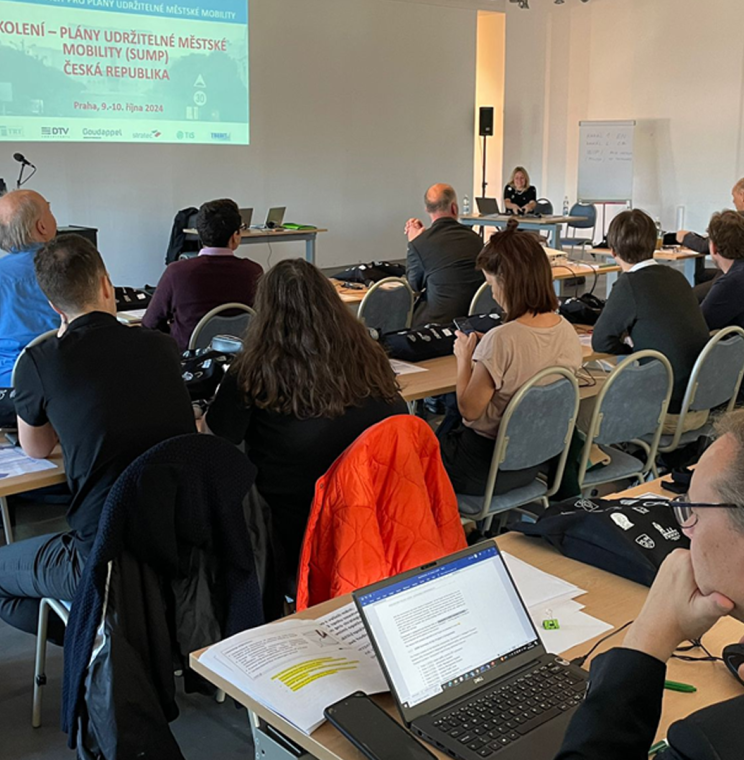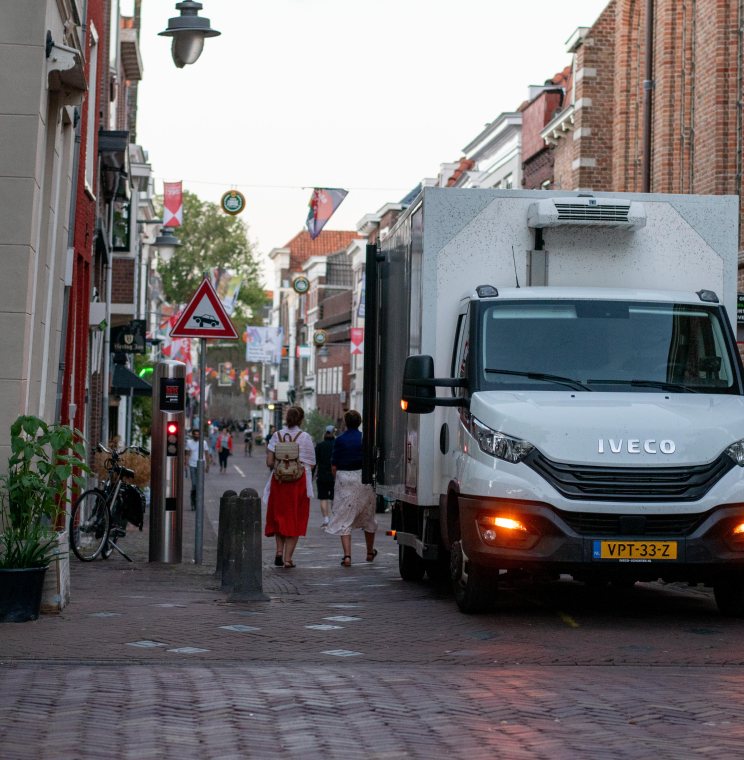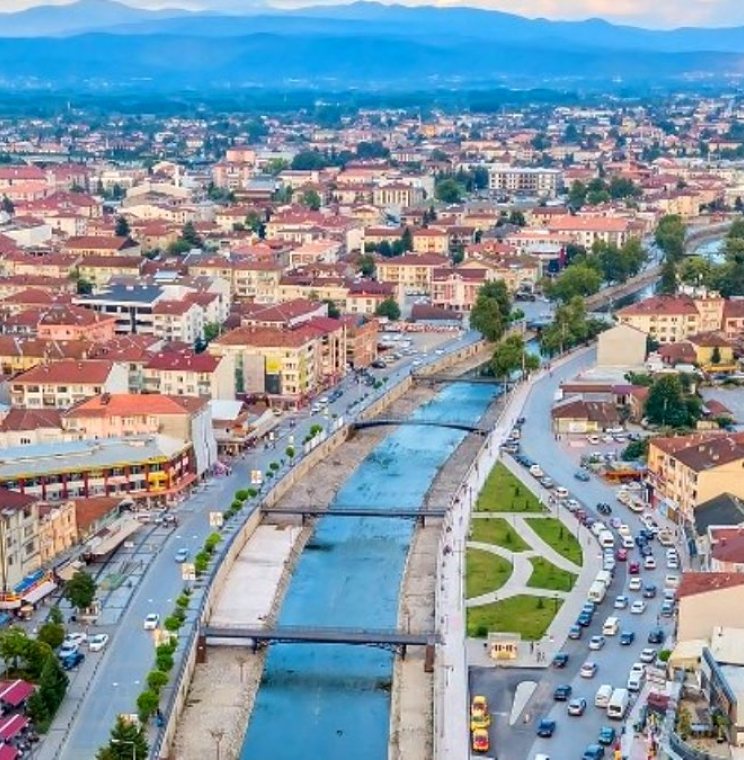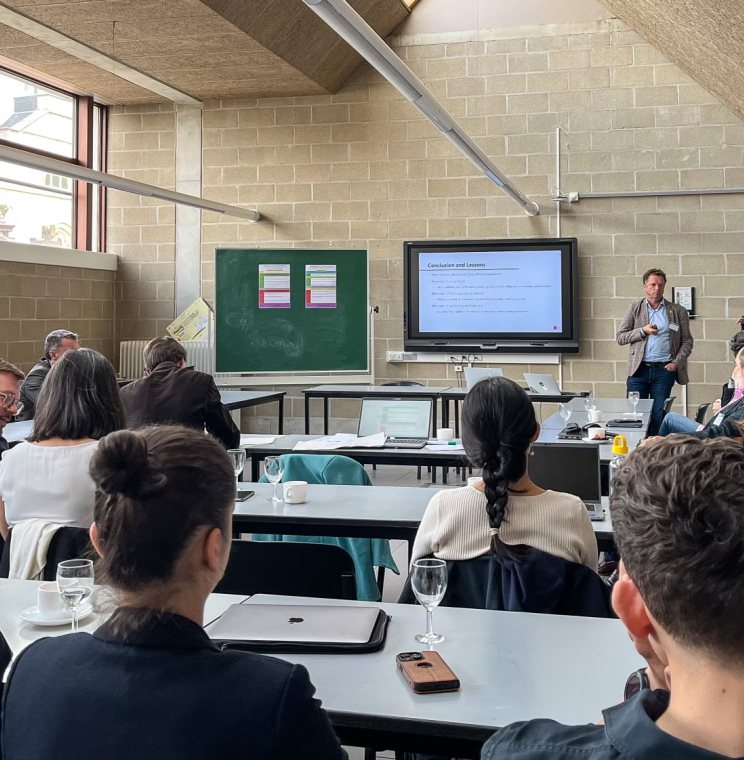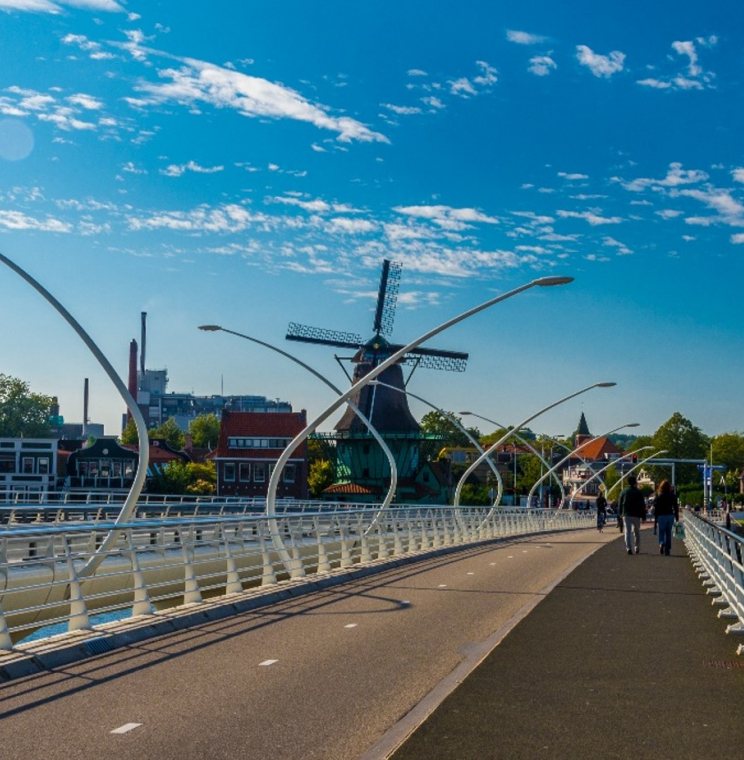Study on superblocks Hanover
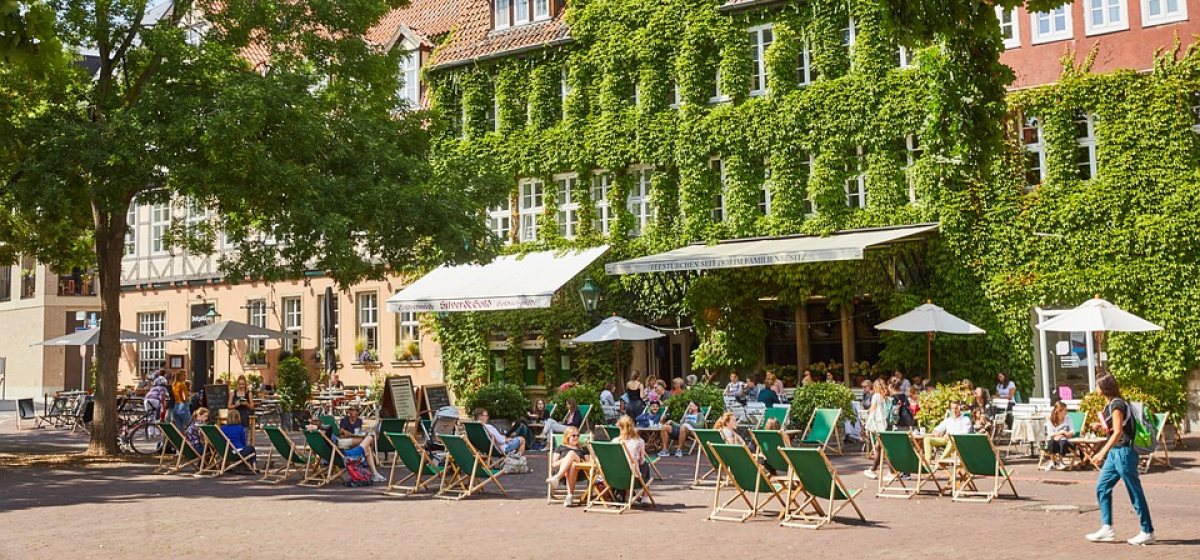
The need for more liveability in residential areas is growing in Hanover (Hannover in German - a city with more than 500,000 inhabitants). There is traffic unsafety, through (cut-through) traffic, high speeds and high parking pressure. Inspired by superblocks in Barcelona and the city of Groningen's sectional system 50 years ago, Hanover is going to investigate whether this is a solution for them too.
Concept of superblocks
The basic idea behind the superblocks is to take urban surface space now devoted to one use (automobile traffic) and open it up to multiple uses (walking, cycling, hanging out, what have you). The only way to do that is to exclude vehicle traffic. Superblocks therefore combines several housing blocks into one big car-free zone. Traffic is routed along the edge of the block through main traffic arteries. The concept would not only make cities more liveable, it is also a tool to combat climate change. Superblocks reduce carbon emissions and they reduce the need for parking spaces. Those parking spaces can then be used for planting. This in turn improves heat resistance in the city. And that is very much needed: in summer, urban asphalt can reach temperatures of up to 60 degrees Celsius.
The concept of superblocks in Barcelona
Superblocks in Hanover
By setting up superblocks in five districts in Hanover, we are investigating whether superblocks lead to quieter and more liveable neighbourhoods. An extensive study (including surveys) is currently being conducted to determine which neighbourhoods are most suitable for this research. We will announce these by summer 2023.
Client: City of Hanover
Year: 2023
We work on this project together with Fair spaces and CFF Hamburg



